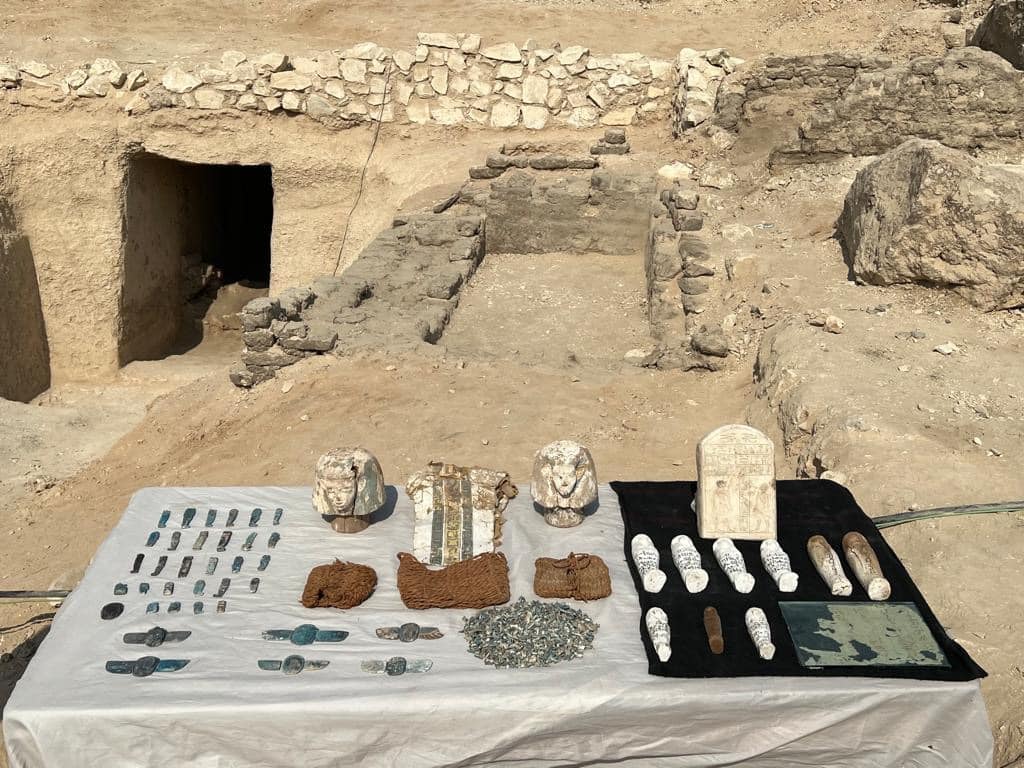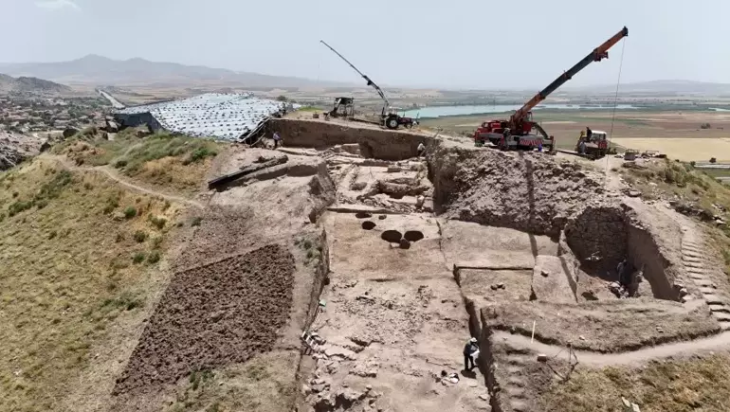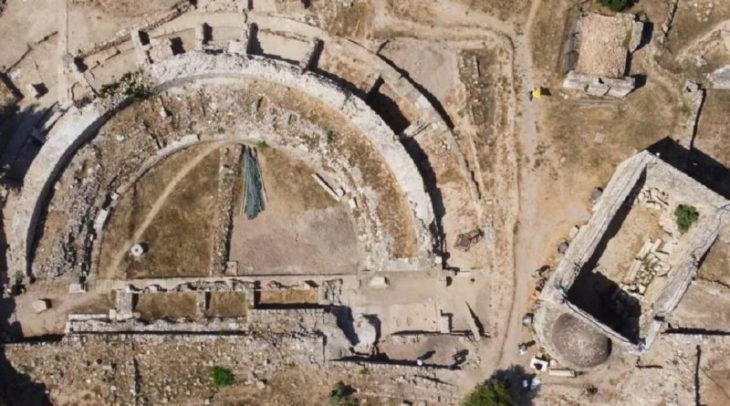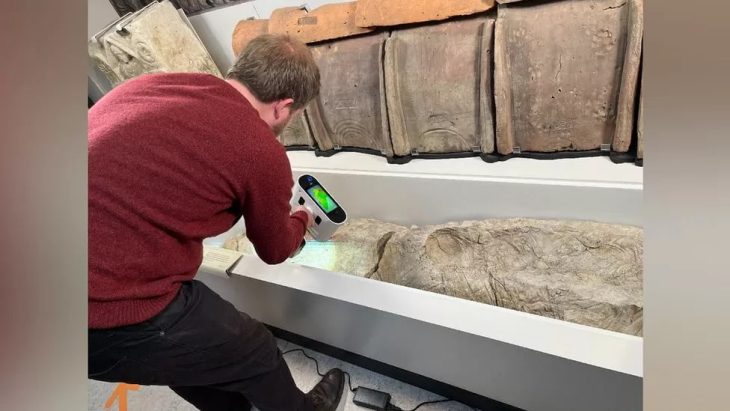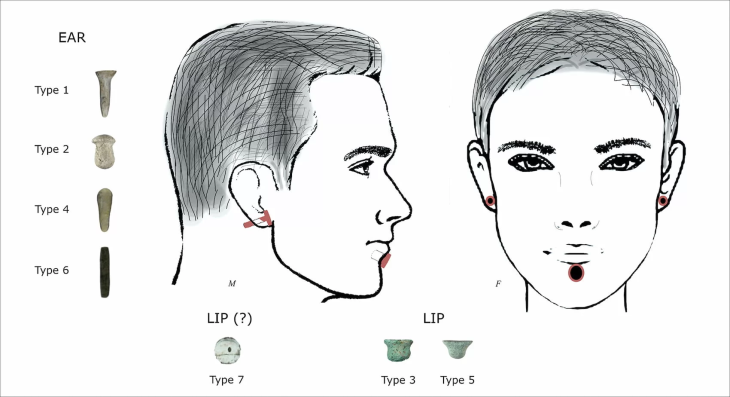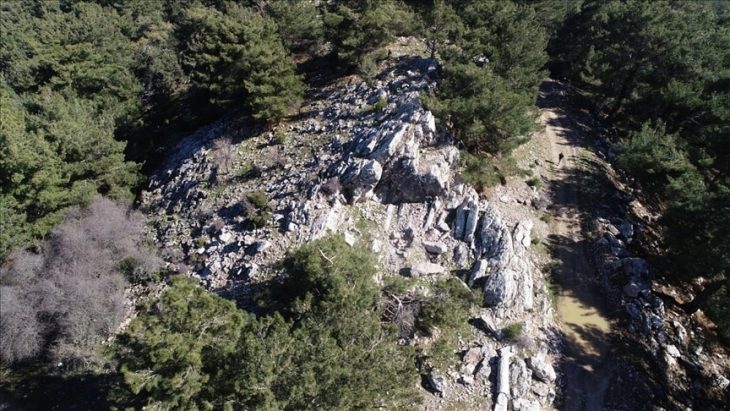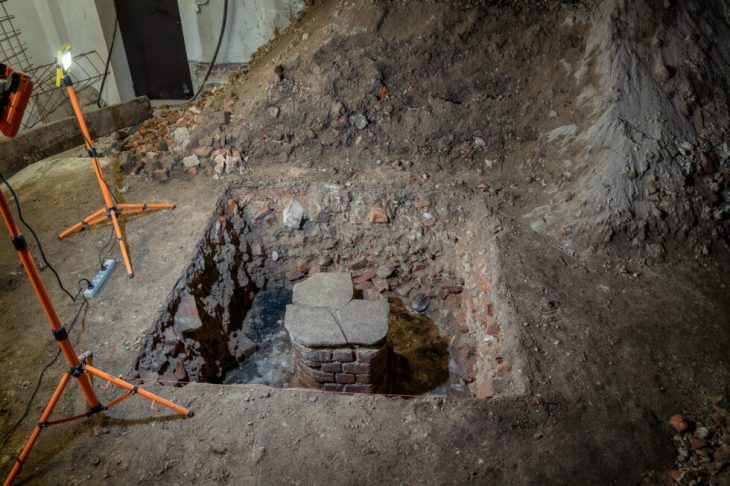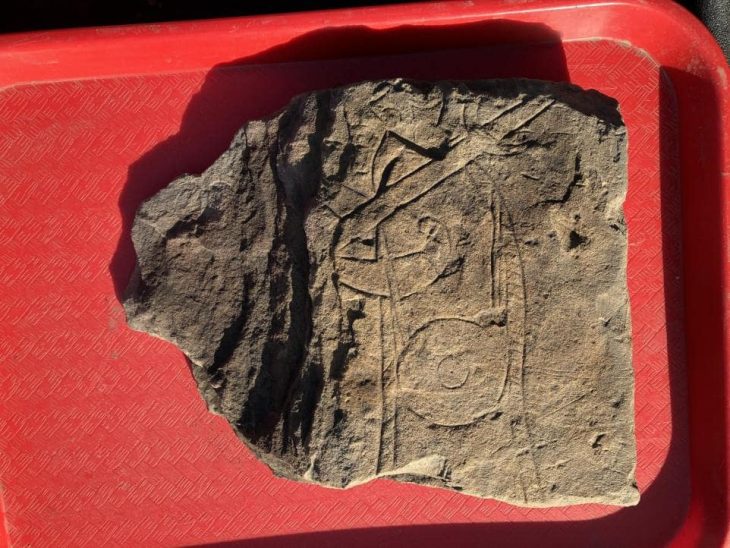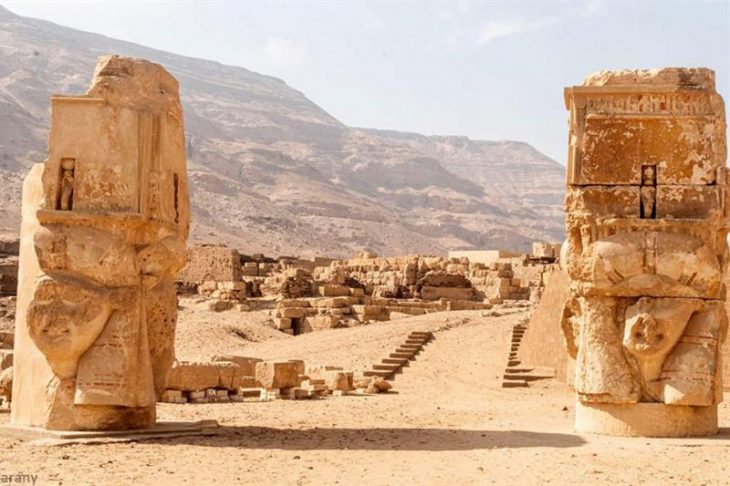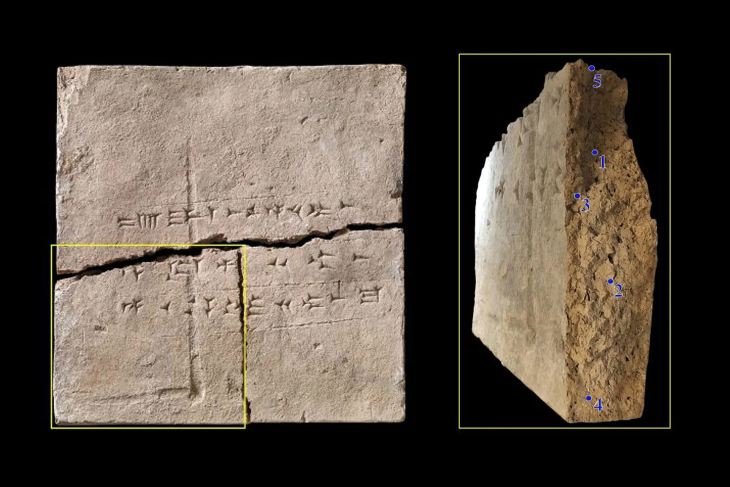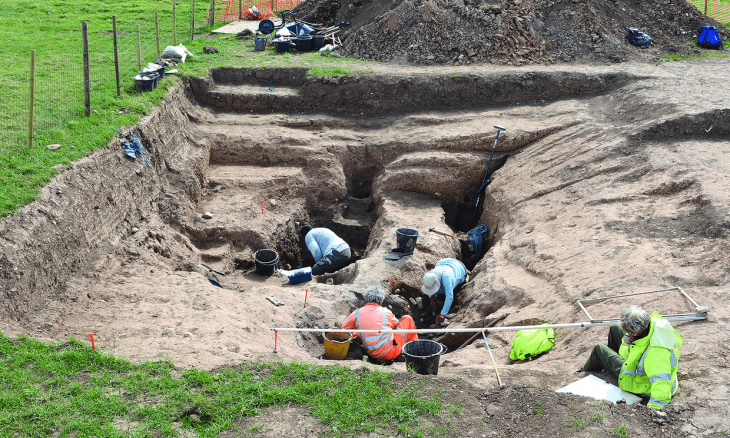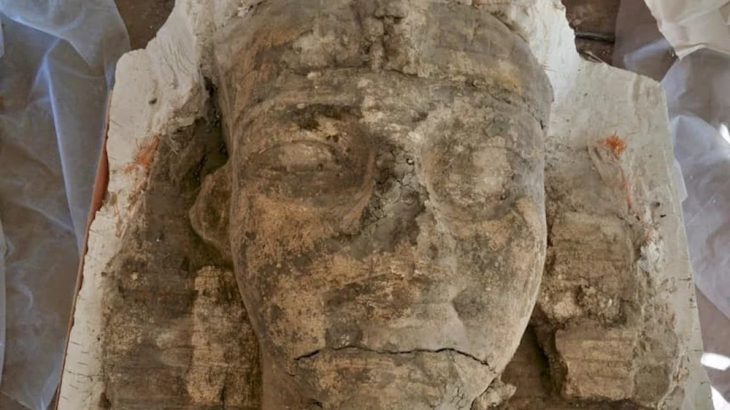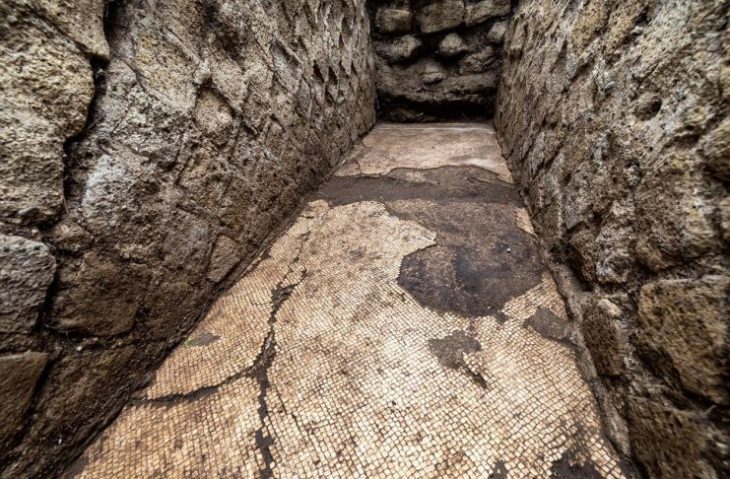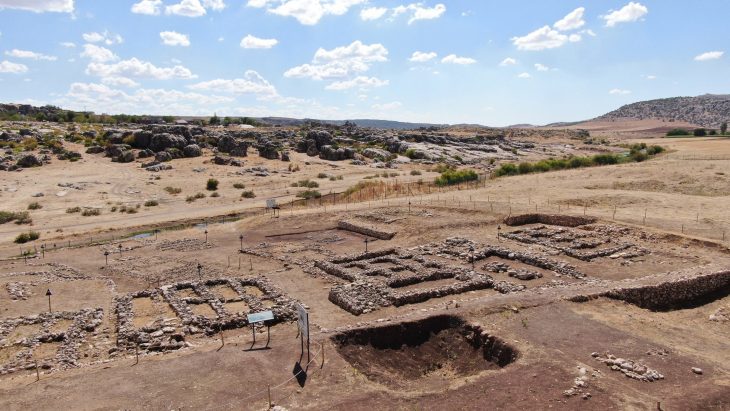At the Dra Abu el-Naga necropolis in Luxor, a family burial complex from the Second Intermediate Period has been found.
The necropolis of Dra Abu el-Naga’ is located on the West Bank of the Nile in Thebes, Egypt, just north of the necropolis of el-Assasif and near the dry bay entrance leading up to Deir el-Bahari. The necropolis is located near the Valley of the Kings.
The finds date to the Thirteenth Dynasty, a group of pharaohs that reigned at the beginning of Egyptian history’s Second Intermediate Period (c. 1700–1550 BCE).
Dr. Mostafa Waziri explained that this discovery is the first of its kind in that cemetery. It includes a place designated for burials measuring about 50 meters in width, and 70 meters in length.
The Egyptian mission discovered 30 burial shafts with similar architectural designs, as well as a mud-brick offering chapel containing a collection of ushabtis and amulets.
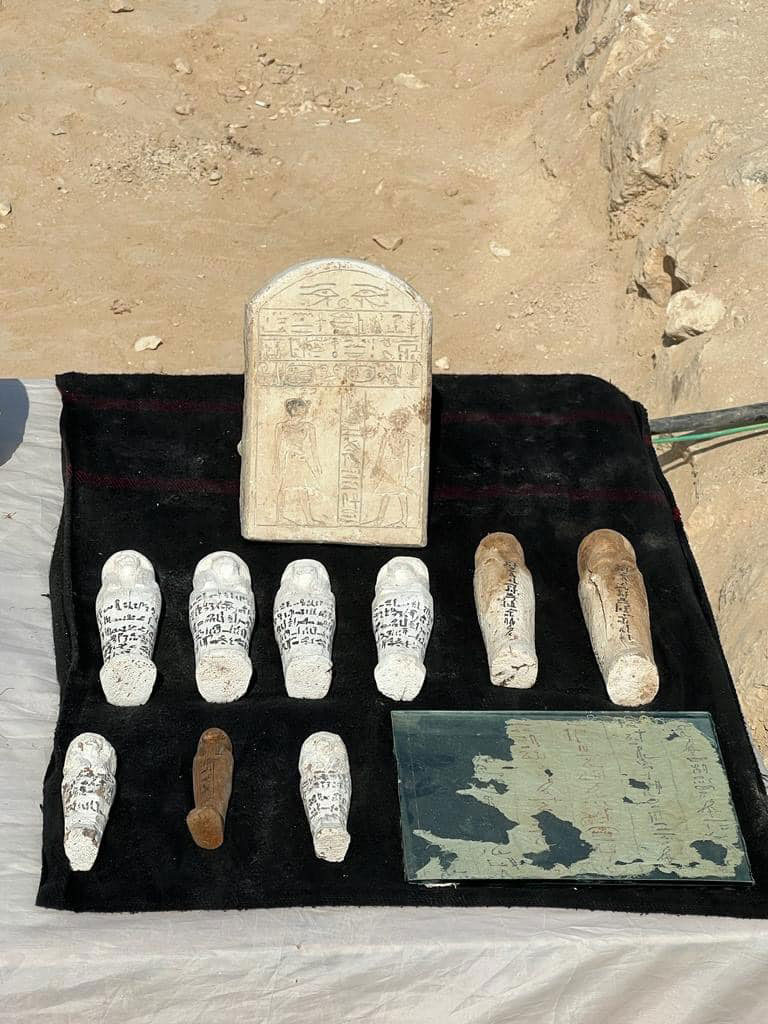
A minister by the name of Ankhu who served under King Sobekhotep II (13th Dynasty) was interred in one of these wells. The burial contained a pink granite sarcophagus with the deceased’s name engraved on it. The sarcophagus weighs about 10 tons.
Another well contained a small funerary stele, decorated with a scene depicting the stele’s owner bringing offerings to King Sobekhotep II. According to the inscription, the man held the position of a deputy minister.
Other finds included canopic jar stoppers, cartonnage fragments, and several woven baskets. Images released by the Ministry also show an inscribed papyrus fragment among the finds.
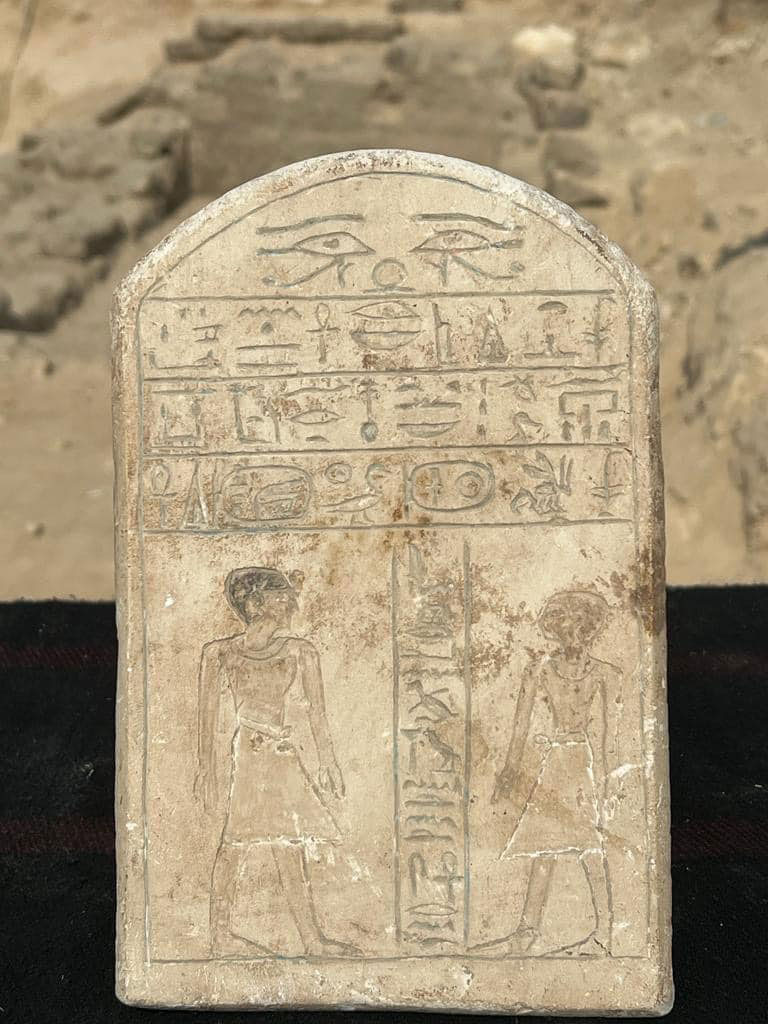
The Director General of Antiquities of Upper Egypt, Dr. Fathi Yassin stated that inside the adobe building, there was a group of white-painted ushabti statues with inscriptions in black ink in hieratic script.
There were also hundreds of funerary seals without inscription, which are typical of the time before the New Kingdom, as well as a sizable group of faience amulets shaped like scarabs and the Sons of Horus, a sizable number of beads.

